Jesse Grimes: You've been at the forefront of a group of volunteers who have fostered and built the service design community in New York City, first independently and then as a Chapter of the SDN. Who does that community consist of now, and how do you characterise the practice of service design in the city?
Natalie Kuhn: Our community consists of folks who range from being interested in understanding what service design is to practicing professionals within the field. Up until the pandemic we catered to those within the New York City area, extending into New Jersey, but now we are honoured to welcome anyone within an EST-friendly time zone. Based on conversations within our events, the community is most interested in the tangible application of service design as well as topics such as diversity, equity, inclusion, ethics and social good. They seem to enjoy digging into the plethora of contexts in which service design can be applied, as well as being given some time to practice methods and interact with one another. One of both my most stressful, and laughable, moments last year was when our 90-person Zoom group faced a technical issue with breakout rooms, but was unwilling to turn off their cameras to try to remedy the issue. They stubbornly wanted to maintain connection, and that was wonderful. To me that is the community in a nutshell – people who want to get into the weeds of service design while connecting on a very human level.
Outside of events, the service design industry within New York City is somewhere between its nascency and adolescent years: There are service design jobs out there and people generally know what it is, but I would not say it is in as high demand as other design disciplines, or is being practiced at scale. Organisations continue to be much more familiar with research, user experience design, visual design and content strategy if I had to compare a few.
Local communities are a key part of making people feel at home in a global organisation such as the SDN, and your Chapter has earned several awards from the SDN which recognise your success in running events. What do you think others can learn from yourselves in terms of building a local community, attracting both newcomers and skilled professionals, and engaging them with relevant content? I'm sure other Chapters out there are keen to know!
Almost three years ago, the SDN New York Chapter, previously known as the NYC Service Design Collective, was born from a genuine interest to connect individuals who found themselves intrigued by or – better yet, highly passionate about – the field of service design. My two friends, Kathleen Chao and Antonio Cesare Iadarola, and I were seeking a place to go to exchange ideas, best practices, and general knowledge as it related to the space. Unfortunately, we came up empty-handed when it came to an ongoing, consistent and interactive platform. Sure, there were service design events here and there, but we wanted something to participate in regularly that would allow us to build deeper relationships with other service design enthusiasts to support one another’s learning and growth. In a way, we built the community for ourselves knowing that there were other folks out there who were probably looking for something similar. We started by hosting an initial discovery event along with disseminating a survey to bolster our hypothesis with real data. Since then, the community has remained aligned to the mindset and approach that anyone is welcomed, we discuss the space of service design with some tangential topics woven in, we make sessions as interactive as manageable, and meet regularly, on a monthly cadence.
My advice to others would be to create something that you yourself would want to be a part of and go from there. Each one of our events is something myself, Kathleen, or Antonio would personally want to attend, and, from what we have experienced, others have wanted to attend as well. We try to weave in a mix of formats from panels, talks, discussions, workshops, and service safaris as well as feature both known leaders as well as up and coming folks to share the spotlight. Consistency has helped us to foster on-going relationships, as well as offer ample opportunity for new joiners to engage. Each month we are excited to see both familiar and new faces.
In your professional life, you're a Senior Manager of Service Design at Capital One. Can you share with readers how you've gotten there, and what challenges keep you busy there? Capital One has been really at the forefront of recognising the value of service design and integrating it into the way it operates, from the earliest days of service design recognition in the United States. What does this mature level of practice look like on the inside?
Over the years my career has evolved quite a bit. I began working for a start-up in the Central Coast of California, and now find myself on the opposite side of the US working for a financial services organisation. Over the years it has not been just my geographical location that has slowly shifted, but my fundamental role within an organisation. I started out creating site maps, wireframes, conducting usability tests and running marketing campaigns for highly nuanced product offerings, and now I leverage systems thinking across various lines of business, complex processes and several tech platforms to influence our business strategy and priorities. None of this happened overnight or was, in any sense, planned. I simply followed what was most interesting to me. I worked for agencies for several years, between the start-up and Capital One, which gave me the sense that I wanted to work in-house to get closer to the problems I was seeing from a consultancy lens. I hoped, and was mostly correct, that going in-house would position me not only closer to the problems, but closer to having the ability to influence and create change to eradicate them altogether.
At Capital One, I work on initiatives that take into consideration various product strategies, market trends, organisational structures, business priorities, communication patterns and training programs, as well as designing for both employee and customer experiences. Each day is different, and I am never bored. There is plenty to do and I find myself very busy as a service designer managing a small team of individuals working across groups. Methods I use often include empathy interviews; synthesis through diagrams, experience maps, service blueprints and insights; co-creation sessions; various ideation frameworks; evolution planning; prototyping; and product, or service, testing. My projects typically last anywhere between five months and two years.
You've also somehow found spare time to work with the global SDN organisation to help guide its Diversity & Inclusion efforts from a handful of lenses. Can you share your and the team's ambitions here, and what changes our wider community can expect to see in the future?
The Diversity, Equity, and Inclusion (DEI) Task Force – which consists of Max Masure, Kendall Griffin, and myself – aspires at our best to help the Service Design Network lead by example from a DEI lens: To influence businesses and other organisations to take steps they have taken themselves toward positive evolution and real change. We have a long way to go to get there. On the more near-term side of our aims, we are looking into ways to raise awareness, launch education campaigns, evaluate the SDN and its programmes as they are today, set specific goals, and take targeted action to breathe DEI into SDN structures, offerings, chapters, processes and events. The SDN leadership team has recently approved a financial inclusion initiative proposed by the DEI Task Force that will be launched over the coming months. More announcements will follow. We want to approach this space with intentionality, real commitment and follow-through, all while working in close alignment with SDN leadership and the organisational mission. As we get started, we recommend those interested in making change within their own communities look toward these groups currently paving the way: Design Justice Principles, Where Are The Black Designers, Equity Design Collaborative, Equity by Design, Dismantling Racism and Tech Can Do Better.



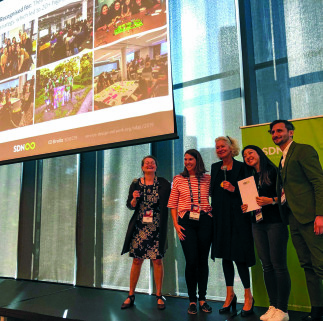
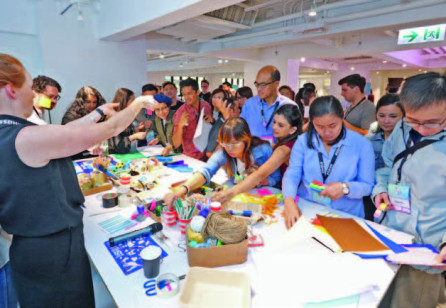
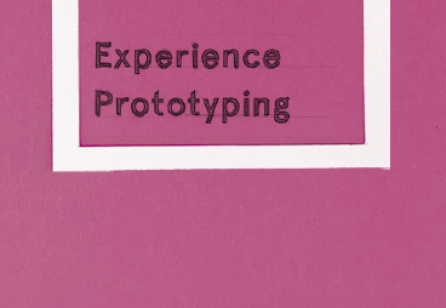
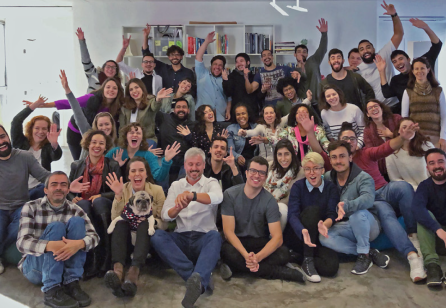
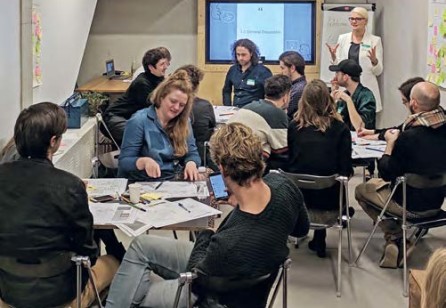

Share your thoughts
0 RepliesPlease login to comment